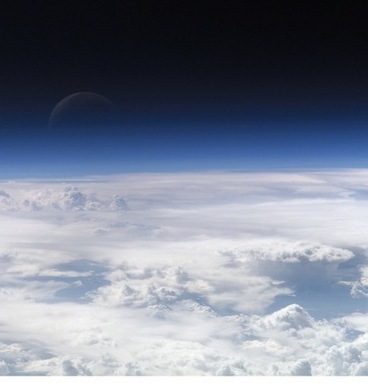Scientists discover way to create oxygen without using plants
Earth’s atmosphere wasn’t always full of life-giving oxygen — it was once a choking mixture of carbon dioxide and other gases, more like the atmosphere of Mars or Venus. It’s widely believed that the rise of plants turned that carbon dioxide into oxygen through the chemical reactions of photosynthesis, in a period called the Great Oxygenation Event. But a new study suggests there may be another way to make oxygen from carbon dioxide, using ultraviolet light. The findings could explain how the Earth’s atmosphere evolved, and hint at a way to make oxygen in space, the researchers said. Cheuk-Yiu Ng, a physical chemist at the University of California, Davis, and his colleagues have built a one-of-a-kind instrument to split up carbon dioxide, using ultraviolet light in a vacuum. The device consists of two lasers — one to split the CO2, and one to detect the fragments produced. When the researchers shone the first laser on the carbon dioxide, the second laser detected O2 molecules and carbon atoms, suggesting a small amount of carbon dioxide (about 5 percent) was turned into oxygen. Though small, that’s enough to show that it’s possible to produce oxygen from CO2 by a nonbiological process, Ng said.

Science